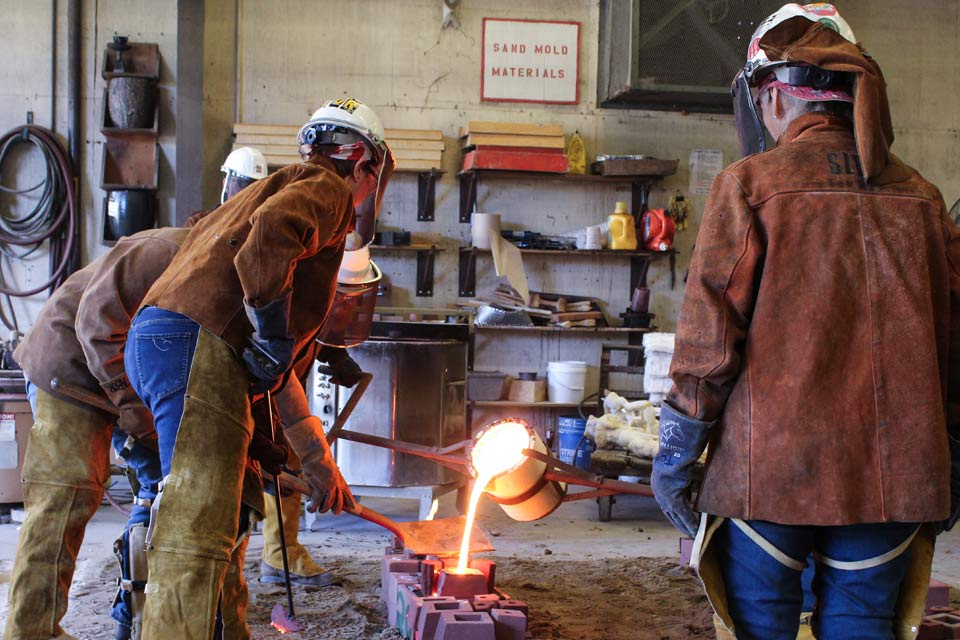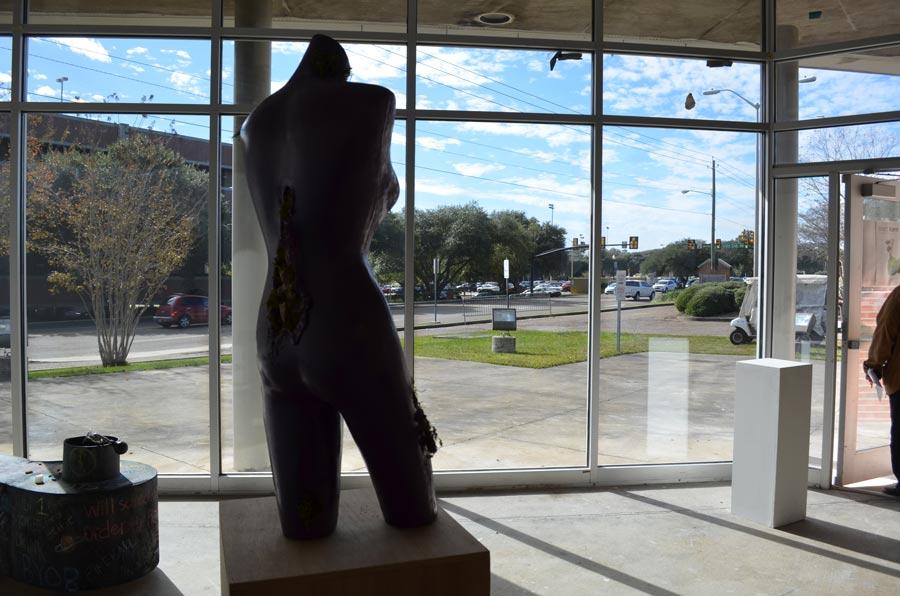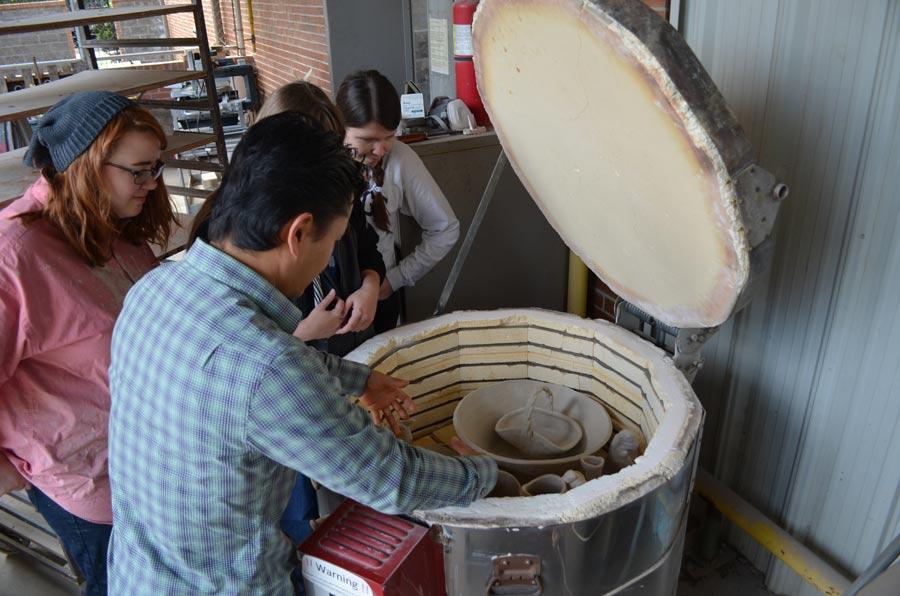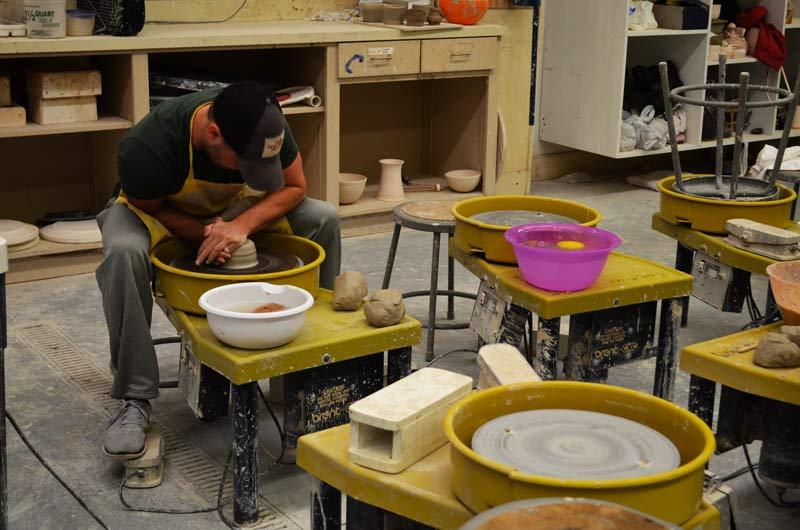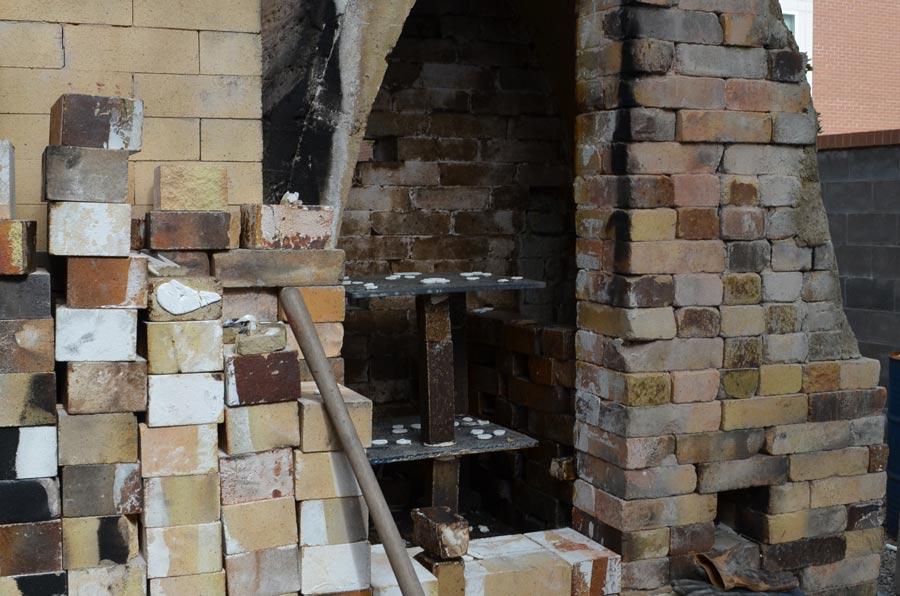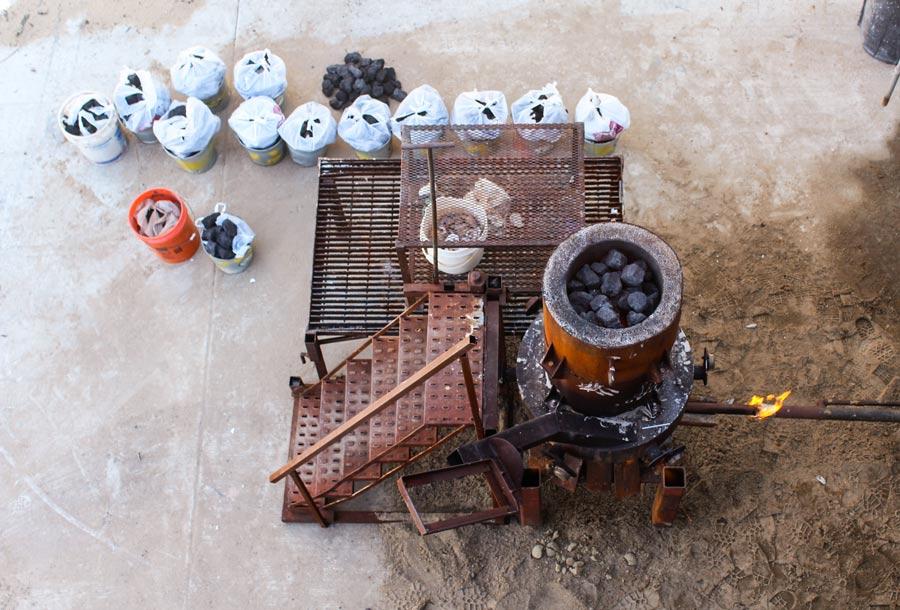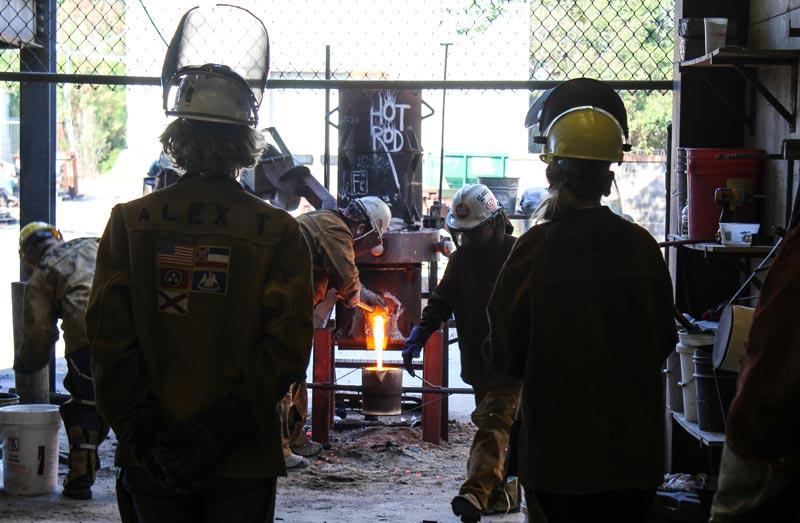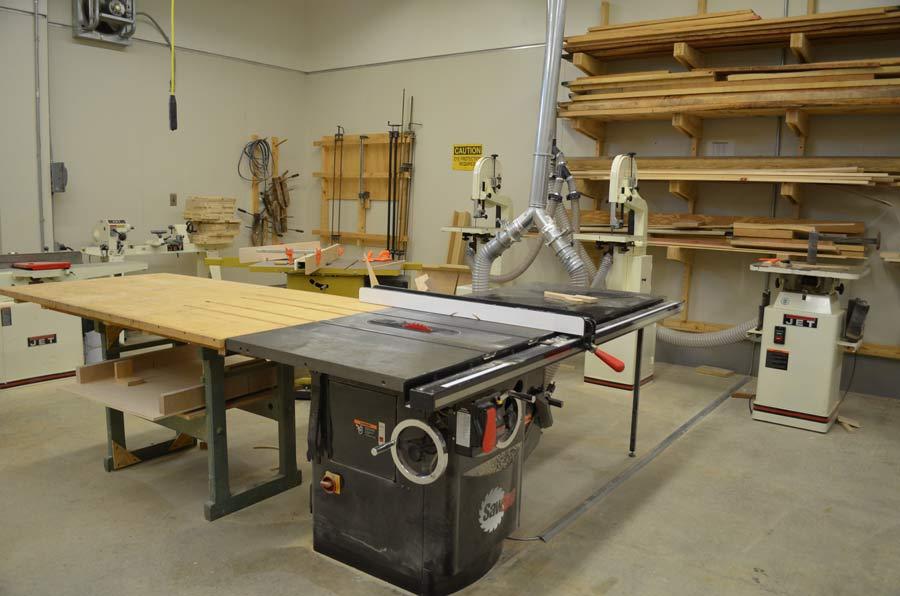School of Performing and Visual Arts
3D Arts Building
Page Content
The 3-D Arts building is a state-of-the-art facility that includes a ceramics lab, metal shop, and foundry with a wood shop, a plaster/mold making room, dedicated 3-D foundations studio, small machine shop, kiln shed, and the Price sculpture studio. The building also features a window-lined critique/exhibition space with a large concrete outdoor patio.
The 3-D Building is available to all students currently enrolled in 3-D Art classes, giving them a chance to work independently outside of class.
Welcome to our 3-D Arts Haven
Kilns
Southern Miss has two electric kilns, one gas kiln and one woodburning kiln for firing pottery. The glazes react differently with each type of kiln, giving each piece a unique personality.
- The electric kilns burn at around 1800º and take approximately 50 hours.
- The gas kiln gets up to around 2300º and allows for more control over air flow, which produces interesting oxidation effects on the glaze.
The Wood-burning kiln, allows students to fire pottery the same way our ancient ancestors did. The wood kiln burns for 24 hours and requires constant stoking. Students sign up for shifts and stay overnight in groups of 2-3 to keep the fire burning.
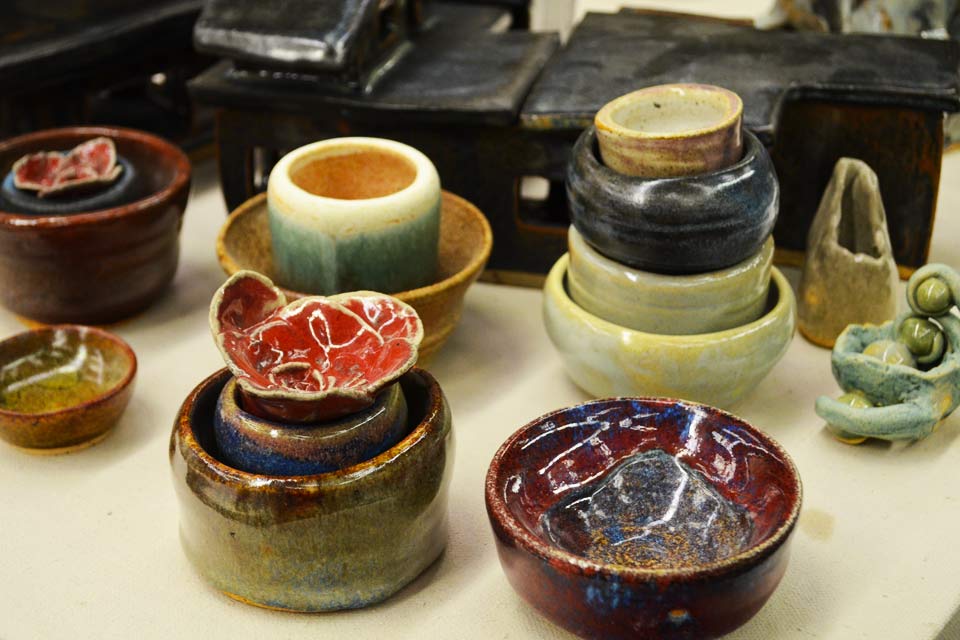
The wood kiln is unpredictable, and one out of 10 pieces that come out it is absolutely spectacular. When students have been up half the night stoking the kiln, see their pieces come out for the first time and immediately want to sign up to do it again, we know those people will be potters for life.
Allen Chen, Professor
Metal Studio
Students take introductory courses to learn how to use the equipment safely and effectively, and then take upper level classes where they are encouraged to work with whatever materials inspire them.
For those who wonder what exactly is an "iron pour," scrap metal is collected and melted down at staggering temperatures and then poured into molds the students have made from plaster, sand, or whatever materials they find that speak to them. The inside of the metal shop has a sand pit, where the molds for the molten metal are kept steady as the iron pours out.
